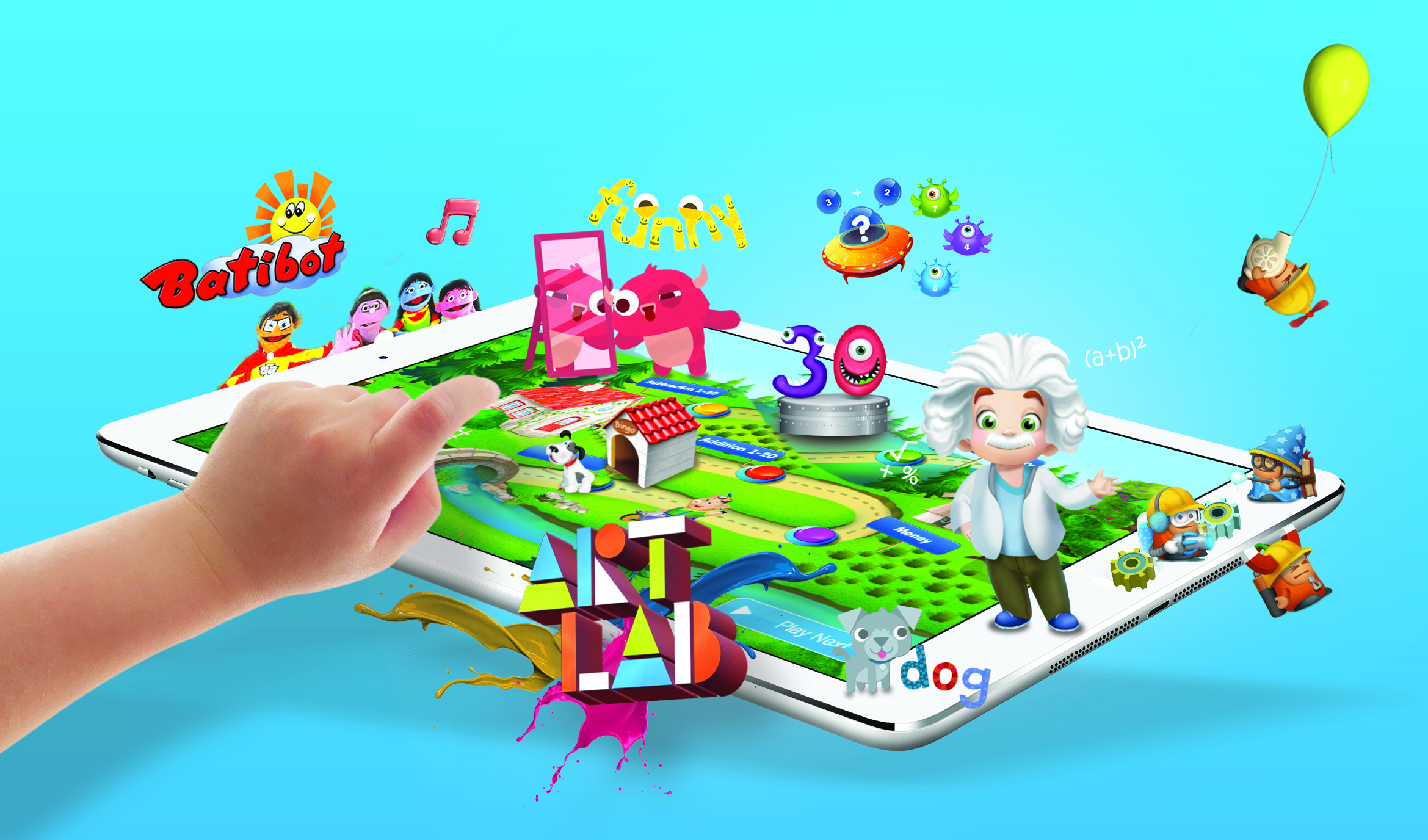Arts and Hearts: How teachers can light that spark of creativity
by Almira Jallores

“It is the supreme art of the teacher to awaken joy in creative expression
and knowledge.” – Albert Einstein
The technology and open-mindedness of the 21st century have provided today’s teachers with tools that not only tell, but show diverse forms of visual arts, such as painting, drawing, photography, sculpture, and even films from all over the world, without the need to spend much.
Why encourage children to get into the visual arts?
Parenting.com reported some of the benefits of educating children in the visual arts. A Harvard research group found that “participation in a school arts program increases a child's ability to observe the world carefully and discard preconceptions and envision something and then create it. The child goes beyond just learning a skill to express a personal voice, problem-solve and persist despite frustration and setbacks. He or she reflects on the results and ask what could improve them.” The ability to be observant, critical, creative, expressive, persistent and reflective are just some of the skills learners should possess in order to meet the challenges of the 21st century.
Where to go for an art experience?
Metro Manila offers places where teachers can bring learners to see, interact, and create art.
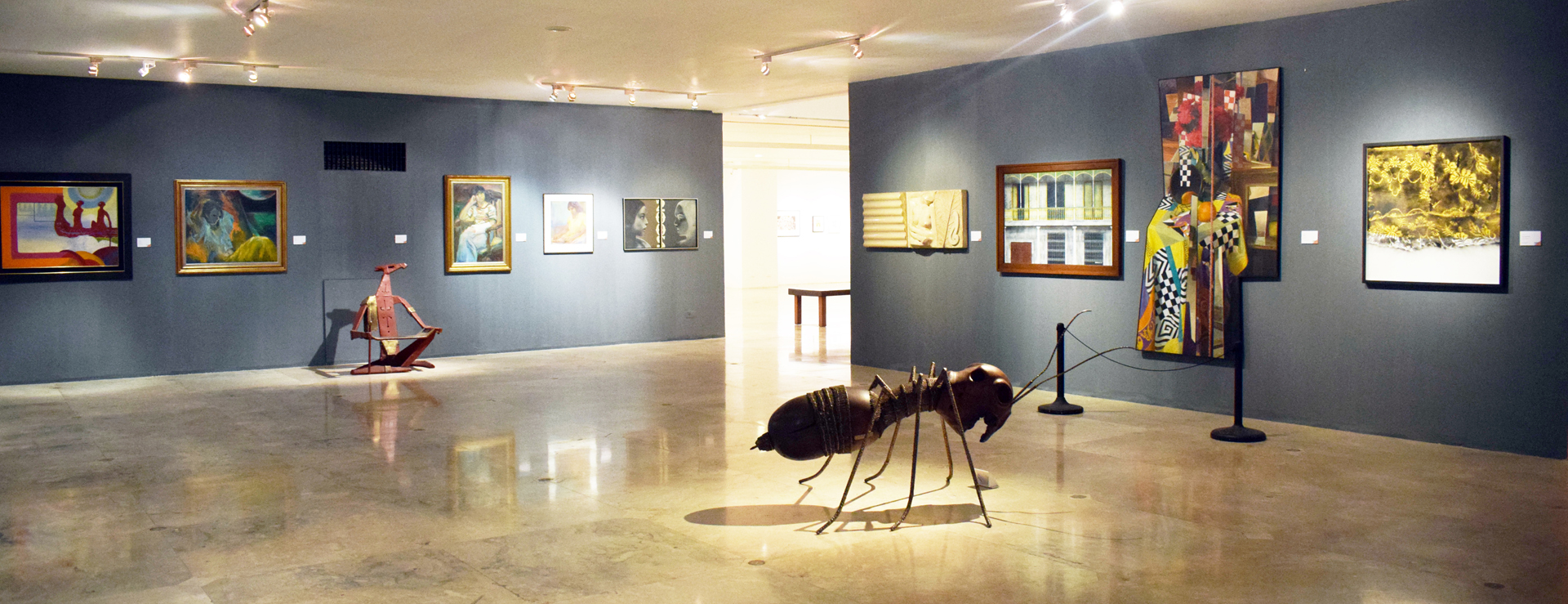
The Metropolitan Museum. Photo from Philippine Tatler.
1. Museums. There are a number of museums within Metro Manila that display some of the most awe-inspiring art works of great Filipino artists. For a minimal fee, teachers and children can get in the Museo Pambata along Roxas Boulevard, as well as in the National Museum of the Philippines and the Metropolitan Museum, both located in Manila. At the heart of Makati, parents and children can go to Ayala Museum and check out the paintings, sculptures and other artifacts that tell the story of the Filipino people.
2. Galleries. Children may be too young to afford art pieces, but they are never too young to appreciate them, particularly the contemporary ones – the kind that they can relate to and can dream of creating themselves. Most art galleries do not charge for admission, and they will not force you to buy a piece even if you stare at it for hours. Examples of these galleries are The Ateneo Art Gallery, Green Papaya Art Projects in Quezon City, and the 1335Mabini in Manila. Some galleries might showcase art pieces that convey subjects or themes that are inappropriate for young children, so it’s best for teachers to do some research prior to visit.
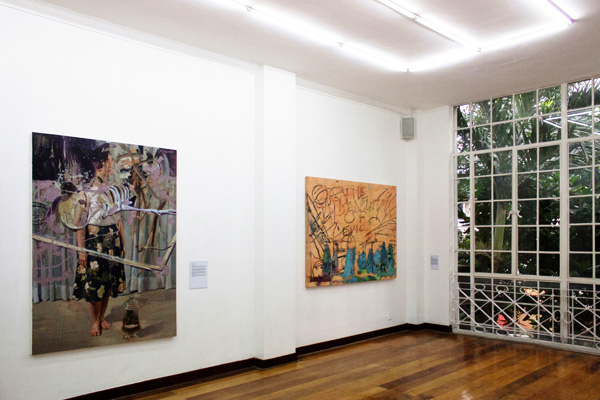
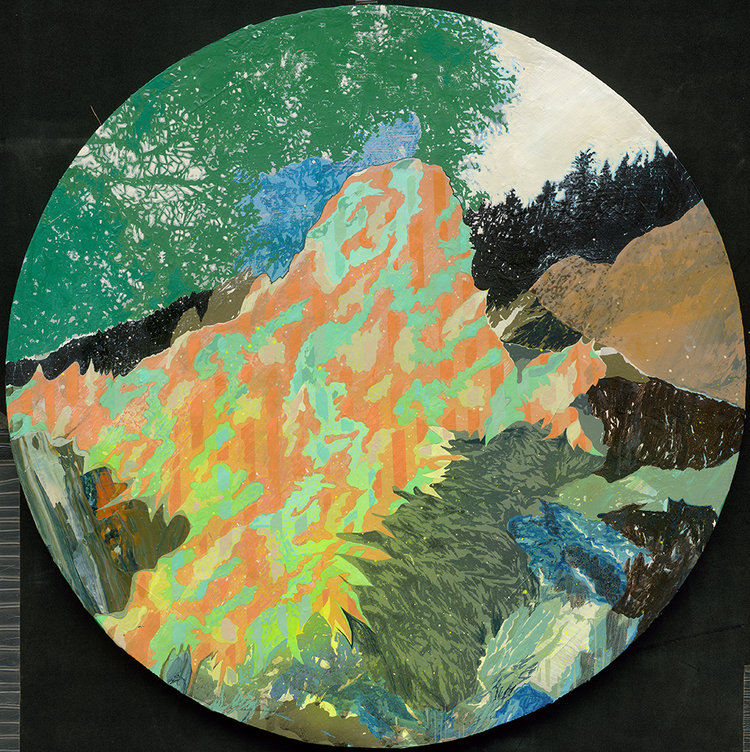
Top photo: 1335Mabini Bottom: Artwork by Hsieh Mu Chi, part of 1335Mabini’s Cumulus Blimp: A Transnational Platform of Discourse
3. Government Libraries and Museums. Introduce learners to some government offices that also keep some impressive art collections. The Presidential Museum and Library in Malacañang, the GSIS Museo ng Sining in Pasay City and the Armed Forces of the Philippines Museum inside Camp Aguinaldo in Quezon City are brimming with art collections or artifacts that cultivate appreciation for the country’s rich history and heritage.
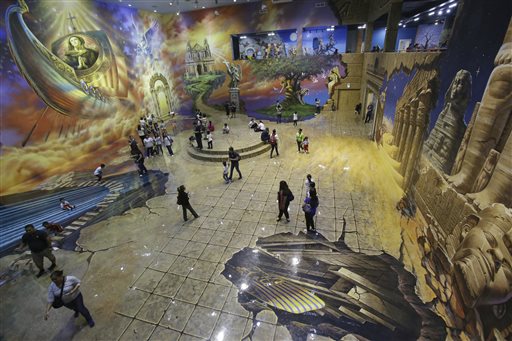
Art in Island. Photo from Philstar.com
5. Virtual Art Workshops. Websites such as teachkidsart.net can help teachers plan for classroom-based art workshops, while tate.org.uk can provide kids an online place to have fun with art.
What can teachers do to develop art appreciation in children?
Museums and galleries may provide art experiences to kids, but to truly bring out the artist in them, teachers need to be actively involved. Here are some suggestions in this regard:
1. Make art accessible in school. Hang paintings on your classroom walls, place a little sculpture here and there, and have an art box that contains crayon, art papers, and drawing books that are readily accessible during art time or breaks.
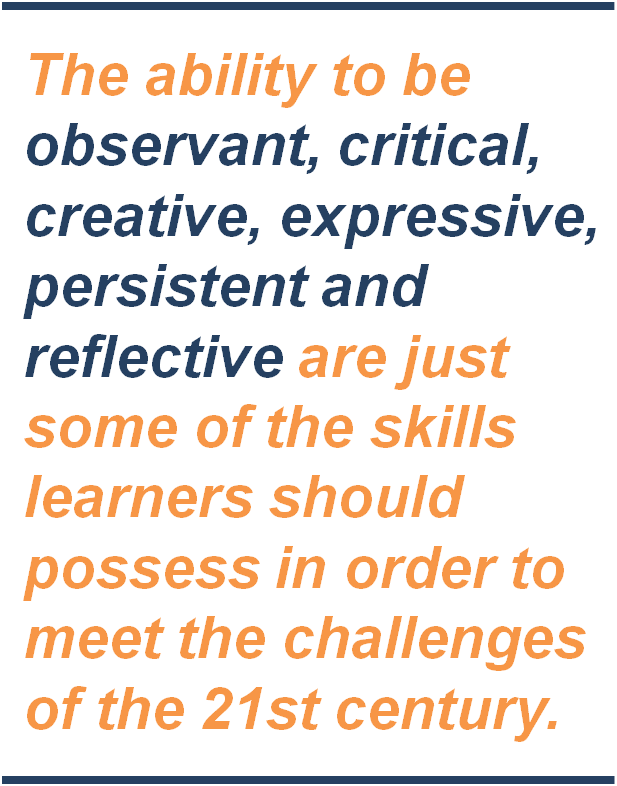
2 Model Art Appreciation. Don’t just stare at paintings or sculptures during field trips. Let students hear your opinion on its color, shape or texture, and express sincere appreciation to the artist.
3 Make art relevant. Read up on some the most important art pieces in your community or country. At appropriate times, relate art pieces to life and how they are effective tools of expression.
4. Start early. Don’t wait until a learner reaches a certain age before exposing him or her to art. Make trips to museums or galleries, or viewing online exhibits part of the classroom experience even for young students.
5. Encourage the artist in each learner. It may only be a scribble on a piece of paper or a crumpled colored paper glued on a board, but for a learner, it’s one of his or her earliest masterpieces. Comment on the piece and praise the child sincerely for it. Many great artists had their teachers as their first fans. Be the first for future Picassos and Michelangelos.
There is a spark of creativity in each child; teachers need to fan that spark until it becomes a blaze. It’s not difficult. They only need to have the willingness and a little creativity.

